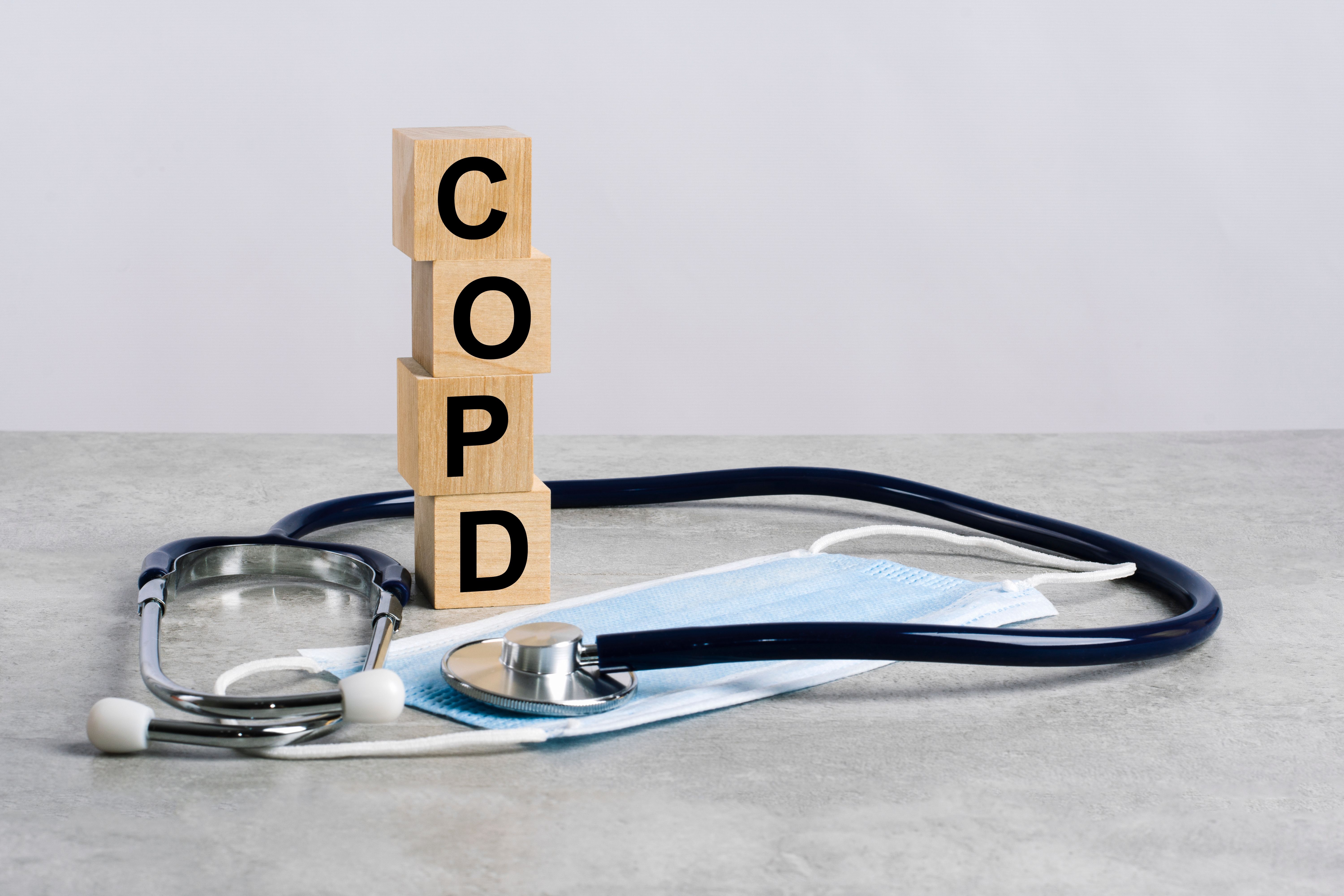Article
Light Exercise May Cut Exacerbations, Hospital Readmissions in AECOPD
Author(s):
A shorter course of pulmonary rehabilitation, with phone support, improved symptoms and reduced hospital readmissions for patients with post-acute exacerbation in chronic obstructive pulmonary disease (AECOPD).
Patients with chronic obstructive pulmonary disease (COPD) who suffer from post-acute exacerbations (AECOPD) saw a decrease in exacerbation frequency and a longer time in between hospital readmissions when enrolled in a short-term pulmonary rehabilitation (PR) program coupled with telephone reinforcement, according to a study published in the Asian Pacific Society of Respirology.
Previous studies have shown that pulmonary function and health-related quality of life (HRQoL) are adversely affected by frequent exacerbations in patients with AECOPD.
Additionally, lower exacerbation frequency and increased time between hospital readmissions could help patients with AECOPD cope with the financial burden that comes with the disease.
“The cost of hospitalizations for AECOPD is substantial and is the single largest source of healthcare expenditure for these patients,” said the authors.
The study enrolled 136 patients with severe post-AECOPD and randomly assigned them at a ratio of 1:1, with 68 in the intervention group and 68 in the control group, who received usual care (no PR or phone support).
The intervention consisted of 4-8 sessions, spread out once or twice a week over 4-8 weeks, with supervised training by a physiotherapist. A case manager called the patient every 2 weeks as they continued the exercise program at home for 1 year.
Patients in the intervention group had significantly fewer hospital readmissions due to AECOPD, hospital admissions for all causes, AECOPD requiring treatment with systemic corticosteroids or antibiotics and accident and emergency department visits for AECOPD compared to those in the control group.
Specifically, the mean number of readmissions for AECOPD was 1.06 vs 1.72 (P = 0.014). At 12 months, time to first readmission was significantly lengthened in the intervention group, 146.8 vs 122.4 days (P = .005).
While patients showed significant improvement of the percentage of time spent in moderate activity measured by metabolic equivalent of tasks after 3 months, the effect could not be seen at 12 months. The researchers said that suggests that the effect of training on physical activity might have faded by 12 months.
Additionally, patients had greater improvement in symptoms as measured by Medical Research Council scores and symptoms score of the St. George’s Respiratory Questionnaire (SGRQ). Symptom improvement compared with the control group was by more than 4 points, higher than the minimal clinically important difference in change of SRGQ score.
HRQoL was unaffected, which researchers speculated was due to the low number of exercise sessions and short duration of program sessions.
“The continued support by the case manager’s phone calls might have contributed to reduced readmissions for AECOPD at 12 months despite the short duration of supervised exercise training,” the authors wrote.
Researchers said they could not tell which component—the exercise program or the phone calls—contributed more towards the reduction in readmissions.
Prior studies have found that more intensive PR programs (3 sessions per week for 8 weeks) can be more effective in reducing exacerbations and increasing time of readmissions.
However, researchers of this study decided to conduct a less intensive program after finding in one of their previous studies that many patients could not or would not join PR due to physical limitations or lack of someone to accompany them.
They also noted that a prior review that found that completion rates of physiotherapy training programs were often low for various reasons.
Researchers said that to the best of their knowledge, there have been no previous studies assessing the effects of telephone reinforcement after an exercise program on readmissions for patients with post-AECOPD.
Due to the study only enrolling patients with severe AECOPD, “it is uncertain if the interventions would have the same effect when applied to subjects with less severe COPD or those with COPD managed in the community,” said the authors.
Researchers said that studies with a follow-up period of longer than 12 months are needed to see if the positive effects from this PR program can be maintained after stopping the intervention.
Reference
Ko FW, Tam W, Siu EHS, et al. Effect of short-course exercise training on the frequency of exacerbations and physical activity in patients with COPD: A randomized controlled trial. Respirology. Published online June 15, 2020. doi: 10.1111/resp.13872.





